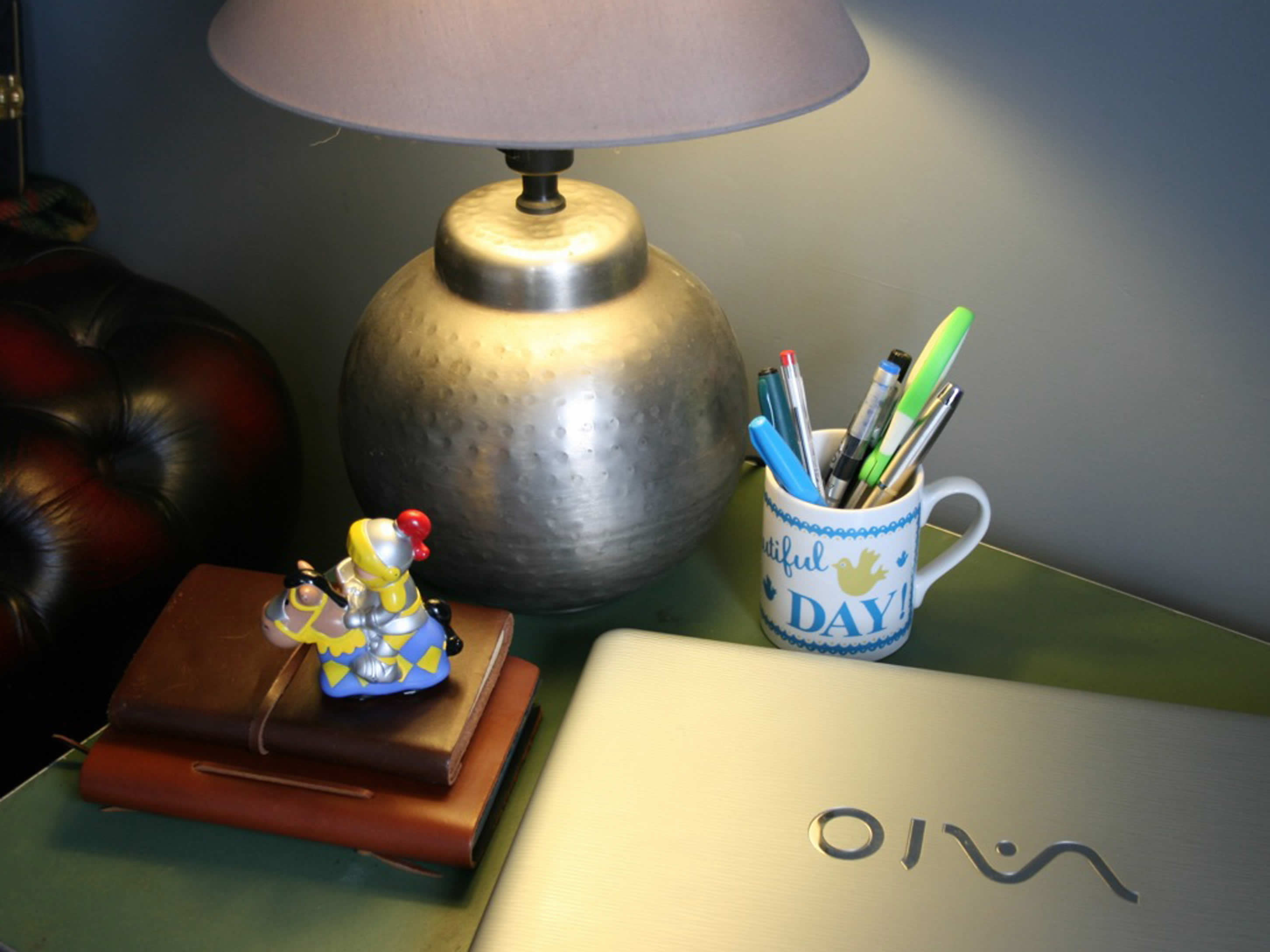How to handle a difficult freelance client
Most freelance clients are lovely and easy to deal with. However, every freelancer comes across a tricky customer once in a while.
While they obviously liked your work or reputation enough to hire you, difficult freelance clients can make it hard for you to do your job properly, and sometimes even blame you for the project not going to plan (even though they haven’t listened to any of your advice)!
But don’t worry. With some wise tips and careful management, you can ensure that even the trickiest freelance job runs smoothly and leaves your reputation and smile intact.
Be clear about what you will do – and write it down
It’s good practice to agree with freelance clients exactly what you will do and when at the start of a project – and what their responsibilities are. Make a note of everything you have agreed and email it to them, so you’re both clear from the outset. It also ensures you have something solid to refer back to later on if your client does become difficult.
Keep in touch
If your freelance project is a long or ongoing one, it’s a good idea to keep your freelance client updated regularly. Either with face to face meetings or phone calls, or by sending a quick weekly status update. This way, if your client does have any concerns, they can raise them early. It’s also your chance to remind them of the tasks they need to do for you to stay on schedule – for example, agreeing a design or providing vital information.
Raise issues early
If you’re not happy with the way your freelance project is running, and are concerned that your client isn’t getting the best out of you, speak to them about it sooner rather than later. Calmly explain why an issue is preventing you from doing your best work or from meeting deadlines – and how it will impact the results for your client – and suggest a better way of working.
These conversations are usually better face to face or over the phone, and should always be followed up with an email detailing the issue discussed and agreed outcome. If your client refuses to listen to your point of view, or says the right thing at the time but then continues as before, and the project ends badly, you have evidence that you attempted to resolve problems early.
Hold your clients’ hands
Sometimes a difficult freelance client is just a nervous one. They may be inexperienced in their role and worried that they may make the wrong decision, so micromanage the project and question everything you do.
Always listen to your clients’ concerns and patiently explain your point of view. If they still don’t listen and make what you believe is a bad decision, send them an email saying you will obviously do as they request, but list your reservations. So if the project does end badly you again can show it wasn’t your fault.
Know when to walk away
On very rare occasions a freelance client is so difficult it becomes impossible to do a good job for them – or so unpleasant you just don’t want to deal with them. On these occasions, the best tactic is to send a brief, polite email explaining that you think it best for all parties concerned if you resign from the contract. If relevant, explain your reasons for doing so. Say you’ll stay on to help until they find someone to take over, if they wish.










